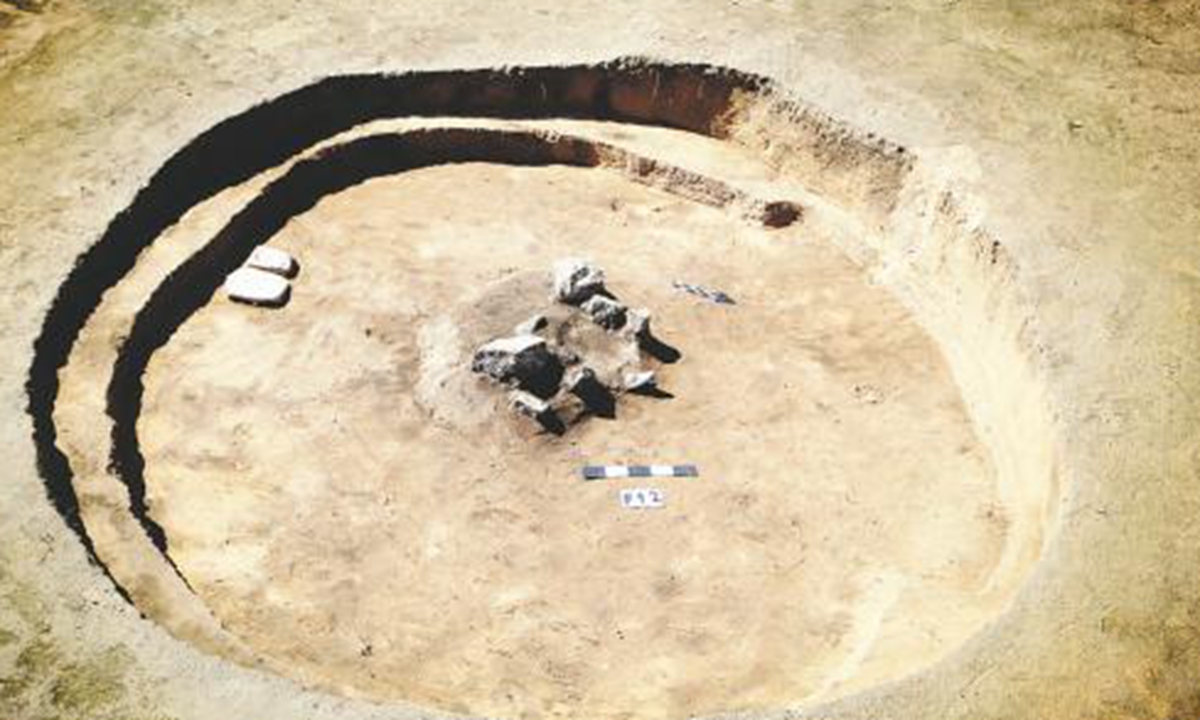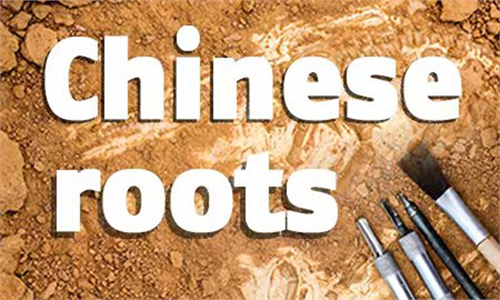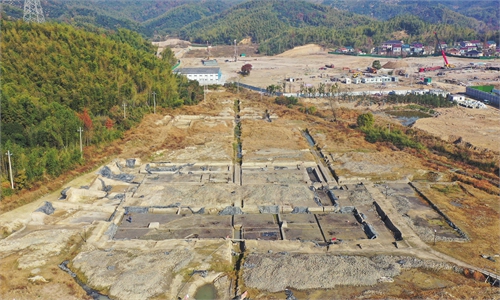ARTS / CULTURE & LEISURE
Chinese roots

The archaeological site of Yumin Culture Photo: Courtesy of Sina Weibo
Yumin Culture: Ancient life in China's Inner Mongolia Autonomous RegionIn 2010, dot-patterned pottery wares were unearthed two meters under the soil in a cave house in Ulanqab, North China's Inner Mongolia Autonomous Region. Along with these relics, a culture dating back to 8,400 years ago and marked the beginning of the Neolithic period in Inner Mongolia was revealed: the Yumin Culture.
Bao Qingchuan was one of the members of the archaeology team from the Institute of Cultural Relics and Archaeology of Inner Mongolia Autonomous Region who conducted the excavation work at the Yumin Ruins.
Bao told local media in June that the team first spotted stone tombs that belonged to the Xianbei People (an ancient nomadic ethnic group that was originated in Mongolian Plateau) at the excavation site.
"As the excavation kept going, we accidentally found more distinctive pottery wares and stone wares with patterns that had never been seen before," said Bao.
According to the carbon-14 dating results, these relics dated back to 8,400 years ago.
"The result shocked every one of us."
To piece together a picture of the Yumin Culture, a three-year-long excavation was conducted starting in 2014, during which many more relics including tombs, ruins of homes and human and animal bones were found.
"It is not difficult to see from the unearthed animal and plant samples that the Yumin Culture had already started eating millet and raising dogs on their land over 8,000 years ago," Bao explained.
Dozens of animal remains from pheasants, dogs and wolves to wild horses, donkeys, buffaloes and wild boars were discovered; among them dogs were kept as domesticated livestock. Plants included millet and chickweed.
In 2016, the Simagou Ruins was found not far from the Yumin Ruins. Experts noticed that the unearthed relics at the two ruins were very similar, indicating they came from the same culture.
Global Times


